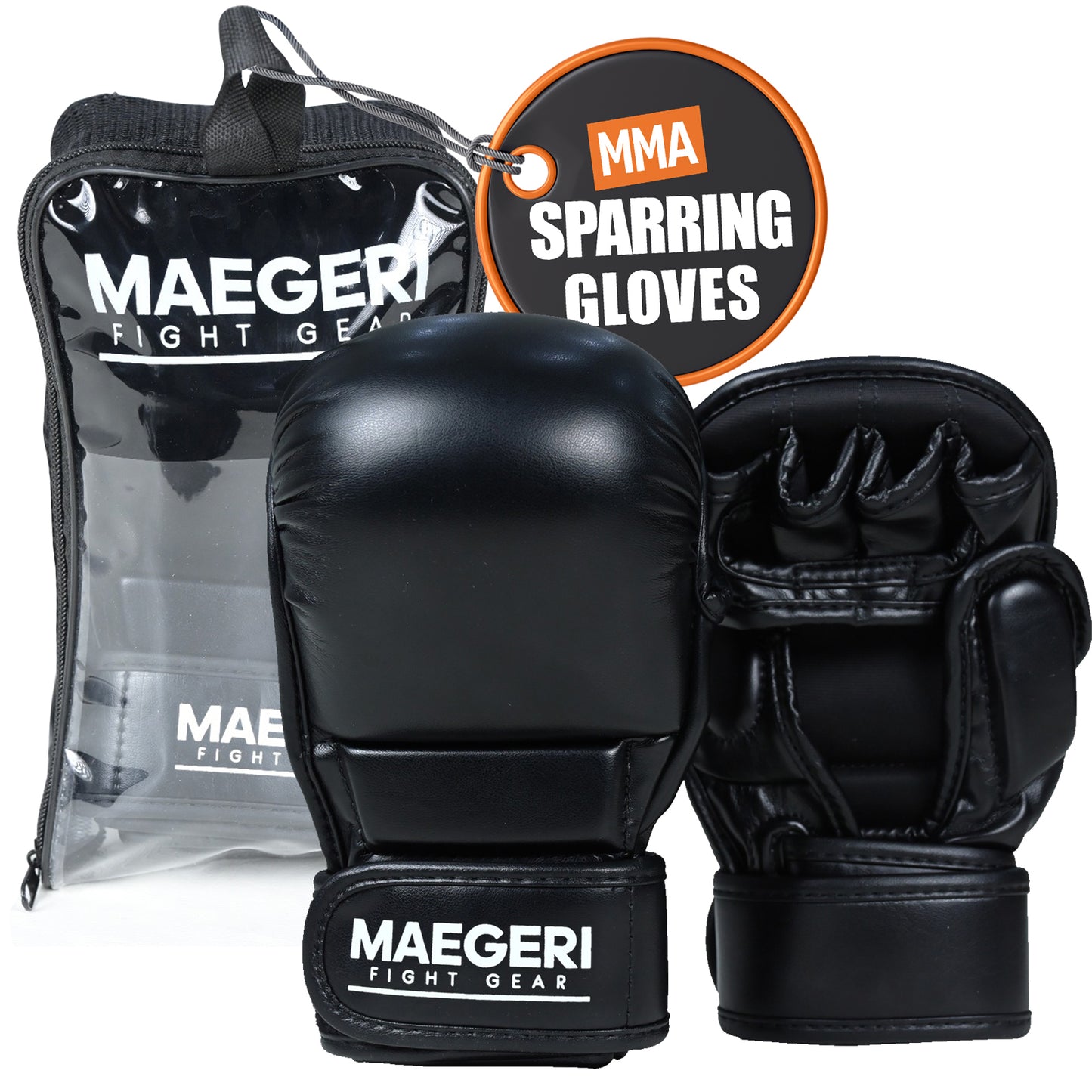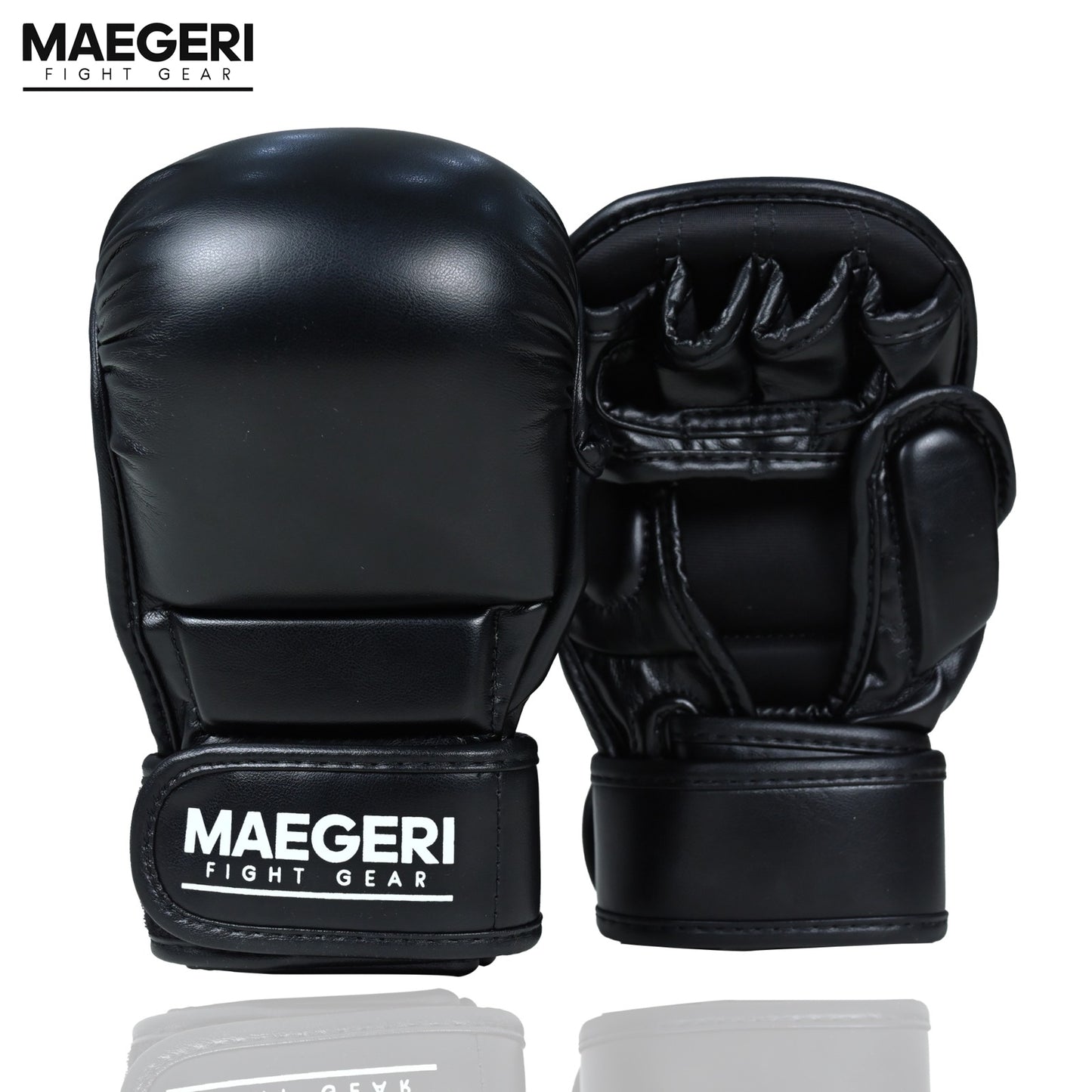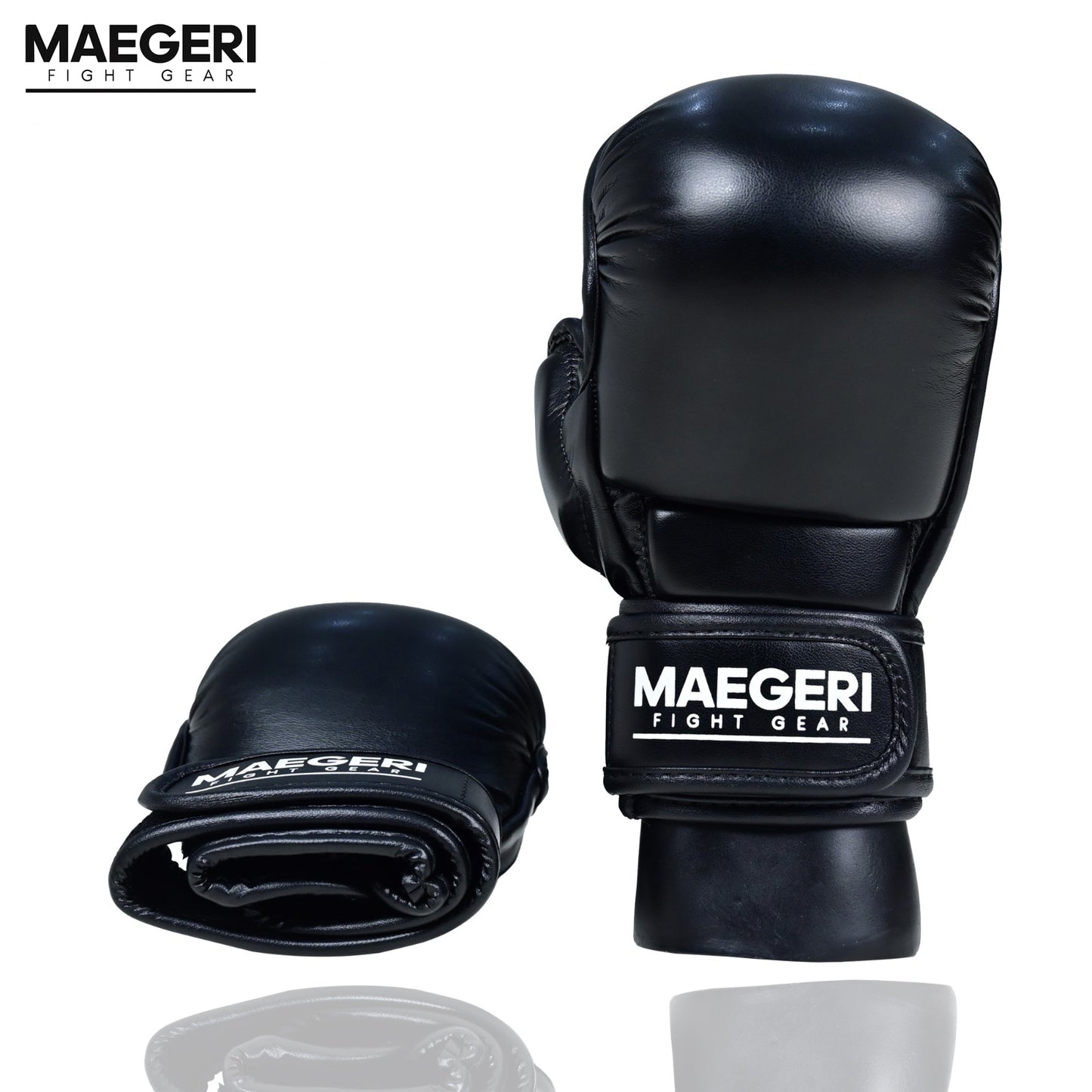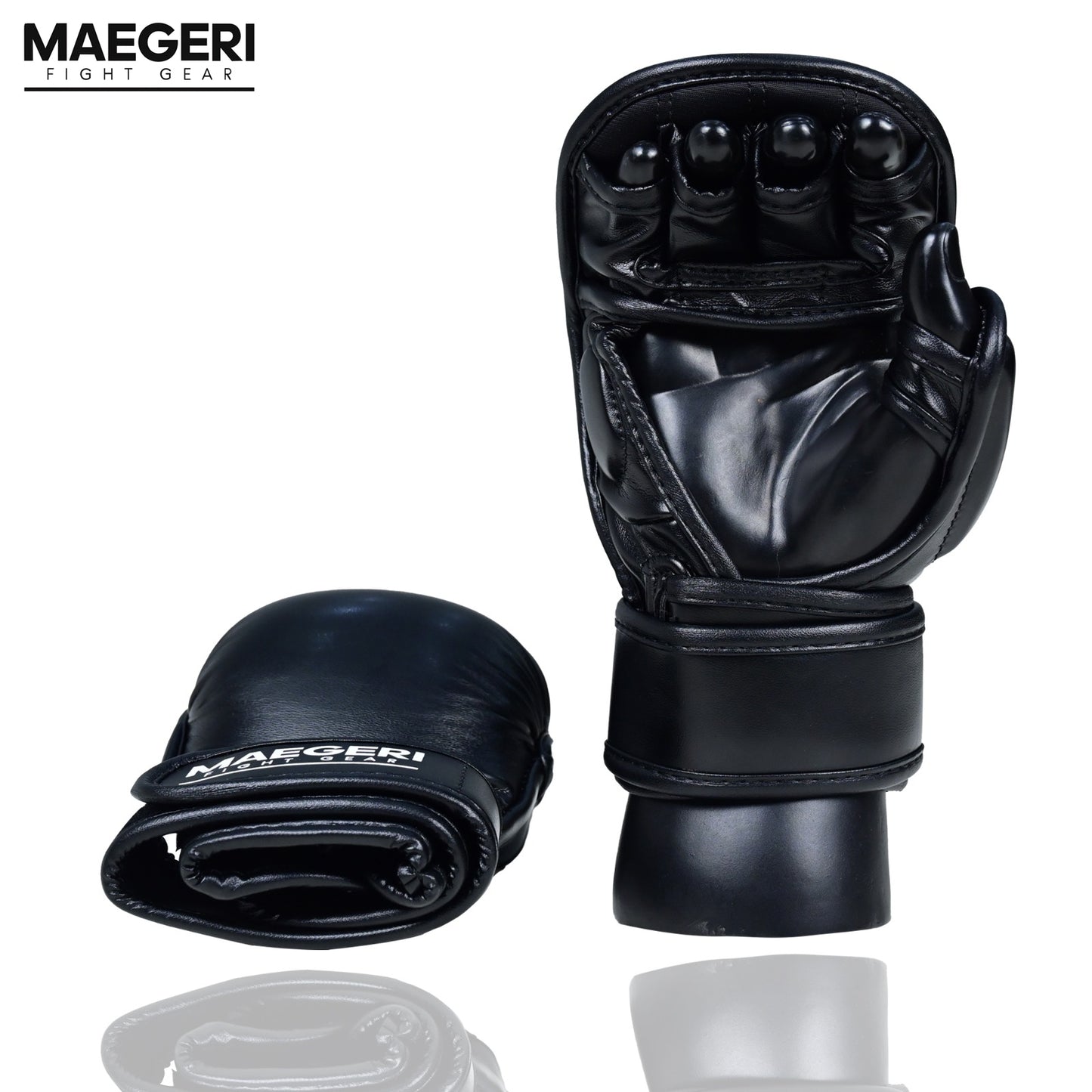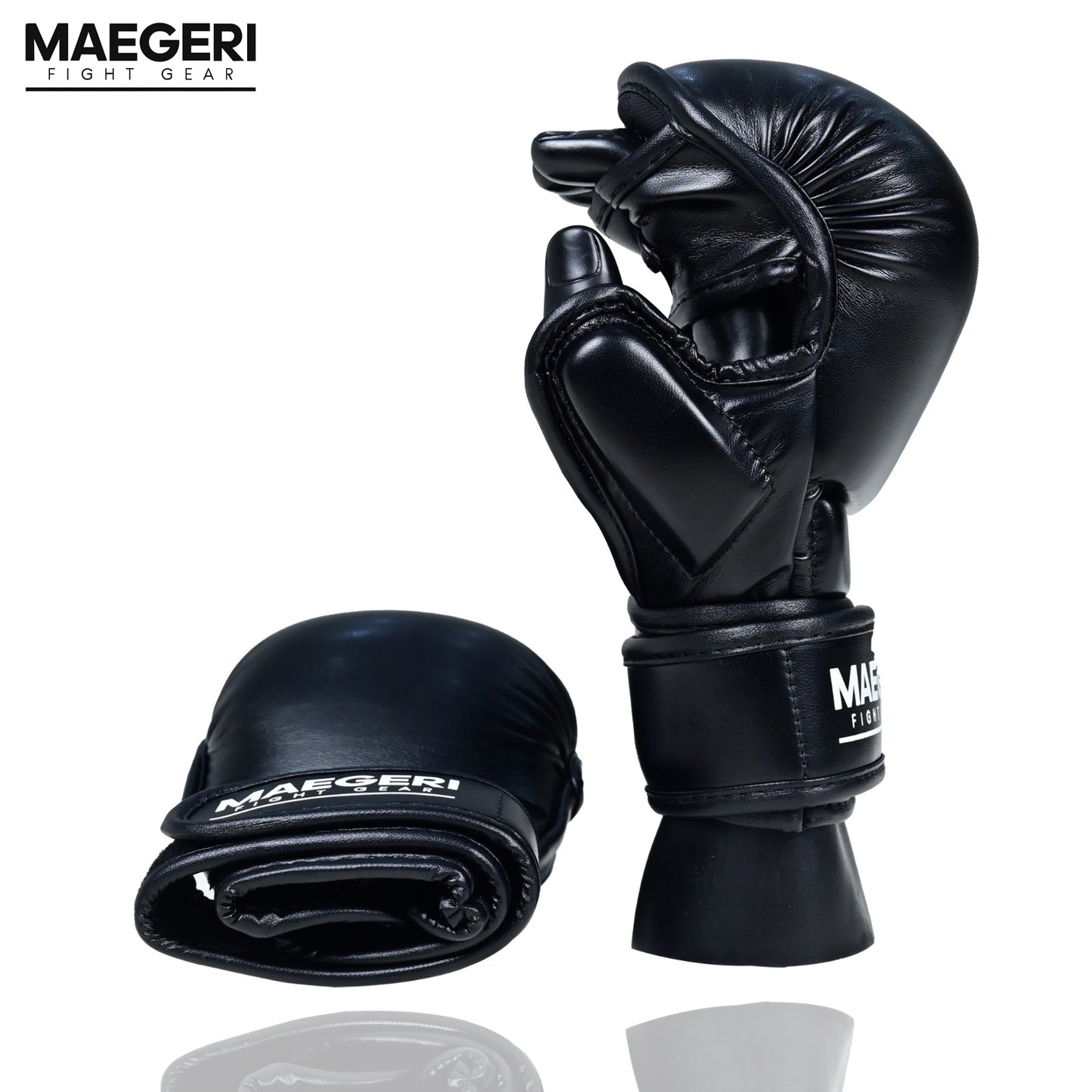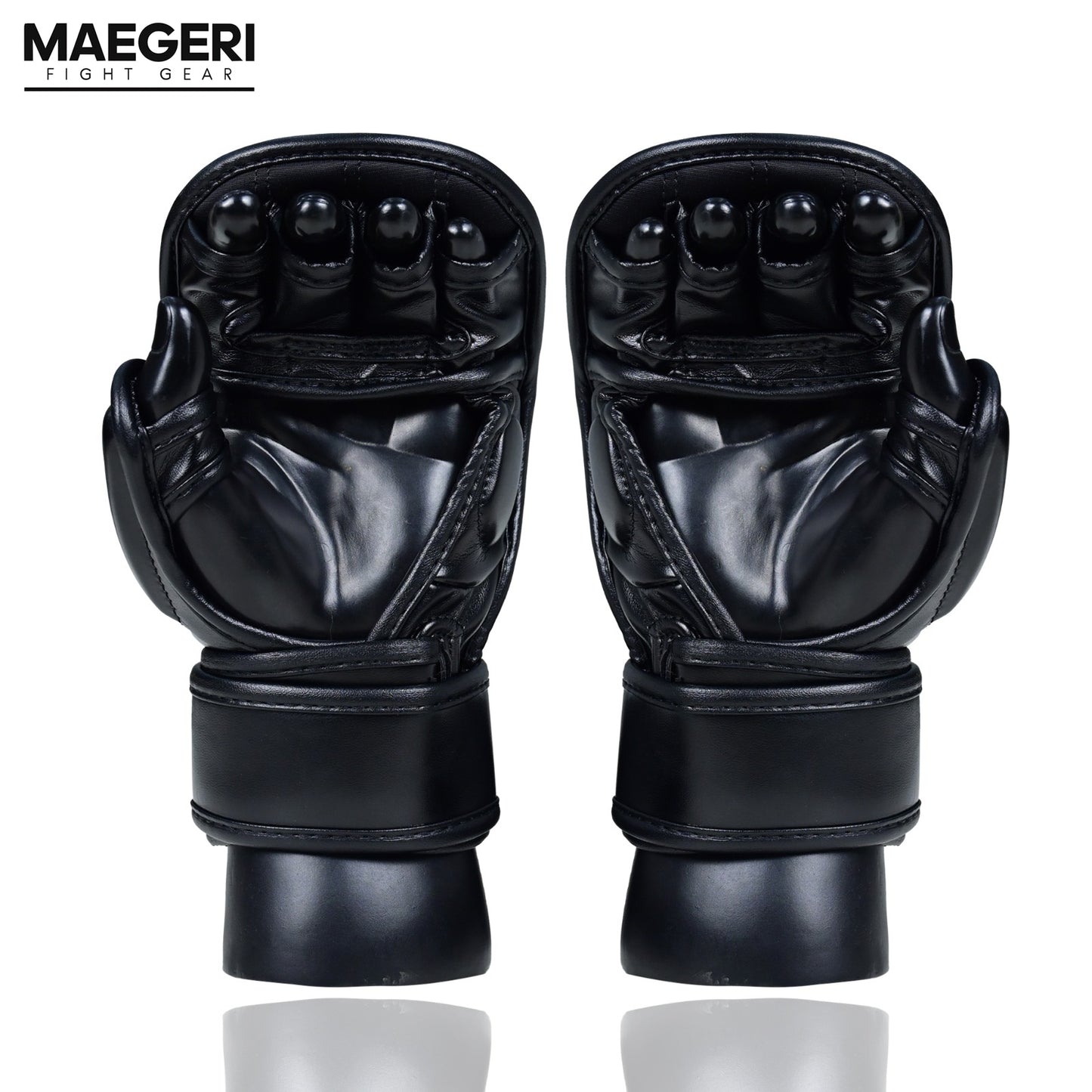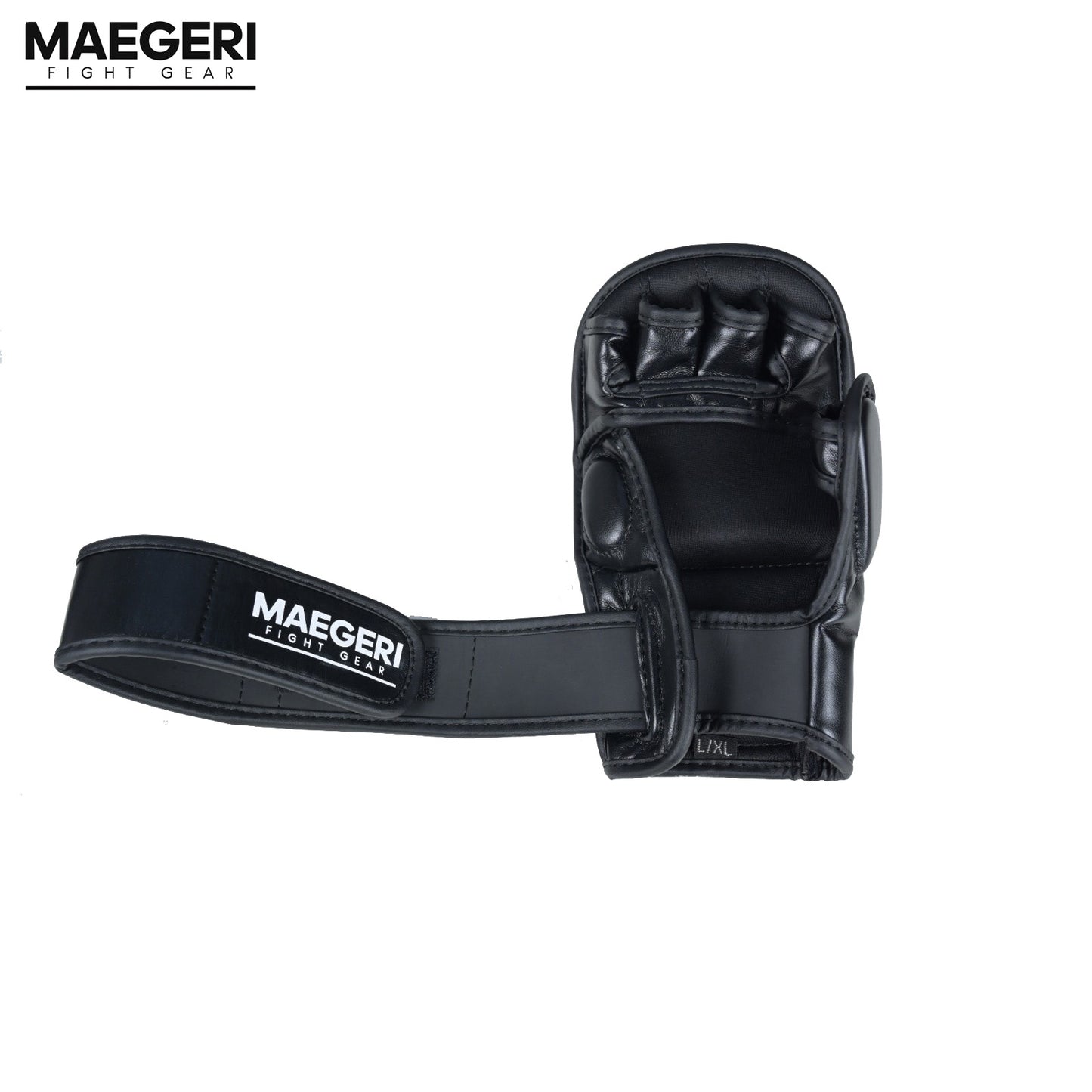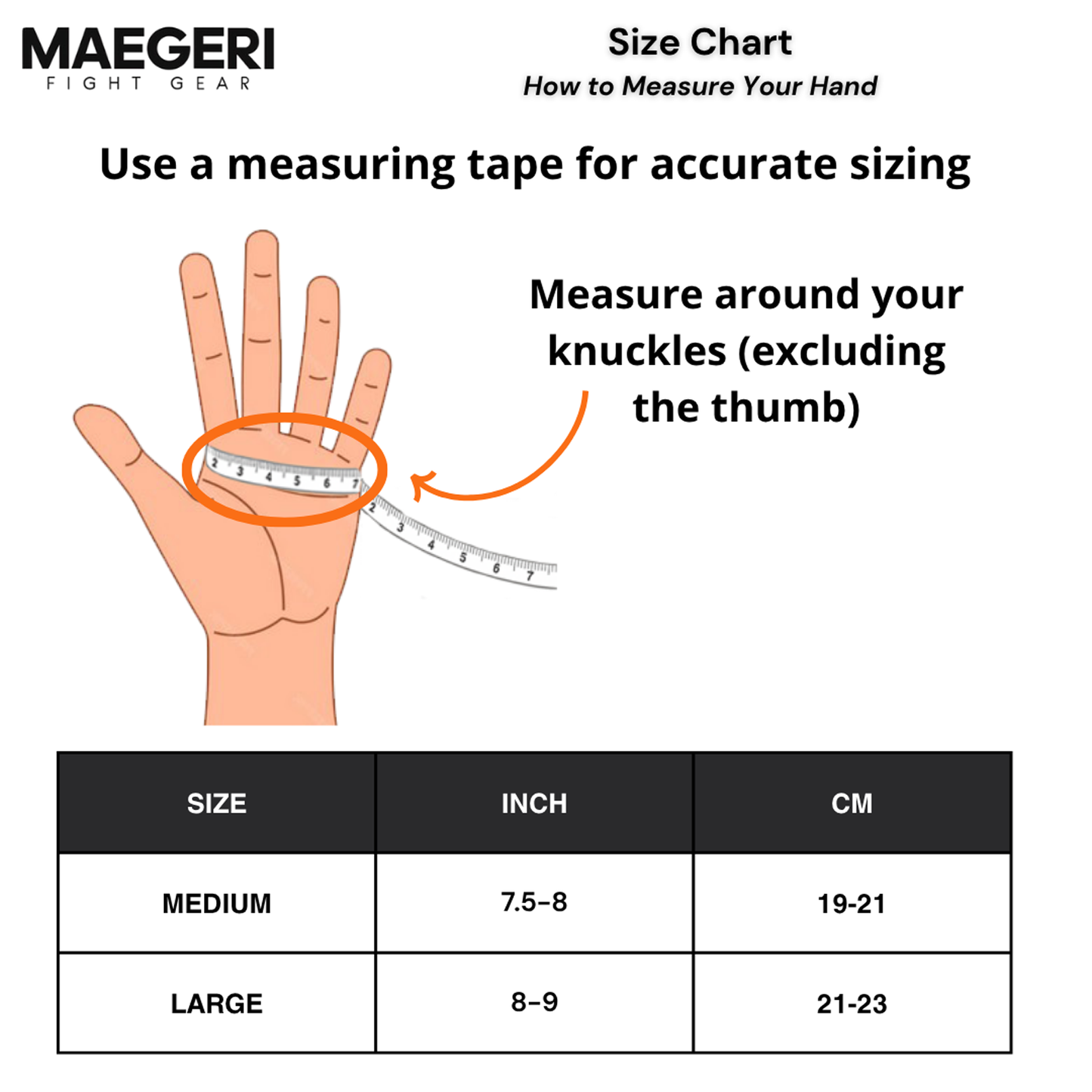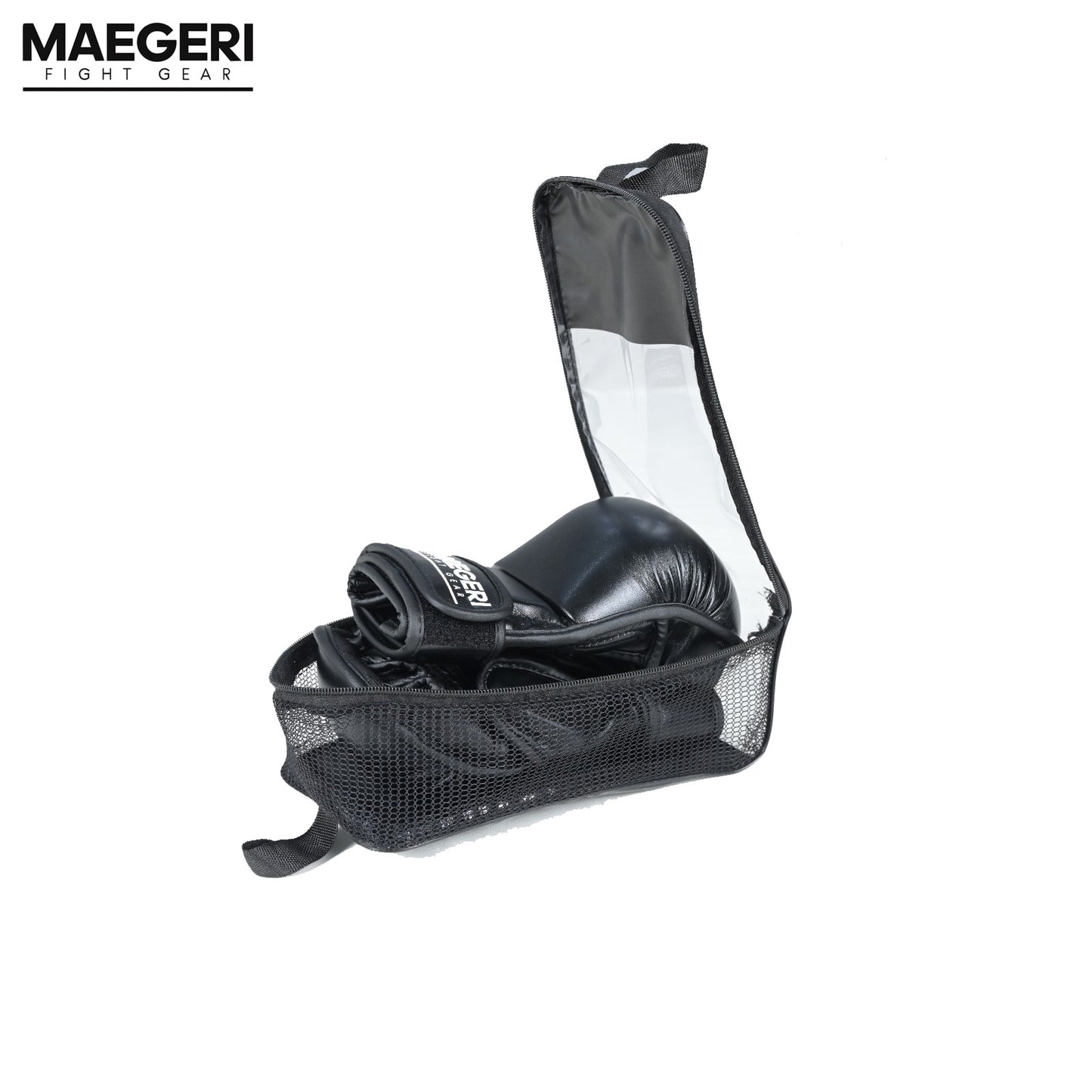Anatomy of an MMA Glove
Share
Introduction to MMA Glove Anatomy
MMA gloves are specialized gear designed to fit the unique requirements of mixed martial arts. Unlike boxing gloves, which are highly padded and designed solely for striking, MMA gloves are designed with both striking and grappling in mind.
Understanding the different parts of an MMA glove and its functions can allow fighters to select suitable gloves for their needs and use them to their full potential.
1. Knuckle Padding
One of the most important features of an MMA glove is knuckle padding. The padding is placed over the knuckles to absorb the shock of punches, reducing the risk of hand and finger injuries.
-
Reduction of Impact: The padding absorbs a share of each punch's impact, sparing both the knuckles and the bones beneath.
-
Lighter Weight with Improved Protection: Unlike boxing gloves, MMA gloves have thinner padding for protection without restricting movement or adding unnecessary weight.
2. Open-Finger Design
Open-finger construction is one of the defining features of MMA gloves. Open fingers allow fighters to use various techniques, including grappling, submissions, and clinches, which are important in MMA.
-
Grip Flexibility: Open fingers allow fighters to grasp and hold their opponents comfortably, making for secure grapples and submissions.
-
Finger Mobility: Open-finger gloves provide fighters with improved control and mobility of the fingers, which is required for movements involving precise hand positioning.
3. Wrist Strap and Support
MMA gloves feature a wrist strap that provides essential support and stability for the wrist, saving it from damage during intense fights. The strap is typically adjustable, allowing fighters to customize the fit.
-
Injury Prevention:: A secure wrist strap stabilizes the wrist, reducing the risk of hyperextension or sprains from throwing high-impact strikes.
-
Secure Fit: An adjustable strap secures the glove tightly, adding comfort and security during a match or training session.
4. Palm Padding and Flexibility
Some MMA gloves have little padding on the palm to provide additional support without restricting full flexibility. This enables fighters to maintain control during grappling without the bulk limiting hand movement.
-
Comfort and Control: Little palm padding gives additional comfort for striking and grappling, allowing fighters to maintain their grip without sacrificing protection.
-
Flexibility for Mixed Techniques: The design supports grappling and striking movements, so the gloves suit MMA's mixed demands.
5. Thumb Protection
MMA gloves expose the thumb more than boxing gloves to allow greater movement. However, they still have padding and cover to protect the thumb from injury.
-
Improved Range of Motion: The semi-covered thumb design allows for a better range of motion, essential for grappling and clinching moves.
-
Balanced Protection: Despite the thumb's exposure, some minimal padding protects it from direct contact, balancing mobility and protection.
6. Material Composition
MMA gloves are made from various materials, most commonly leather and synthetic. The material dictates durability, flexibility, and comfort.
-
Leather: Leather gloves are well known for their durability and flexibility and are preferred by most fighters because they last longer.
-
Synthetic Materials: Cheaper and lighter, synthetic gloves are typically preferred by casual or beginner fighters.
Conclusion
The Importance of MMA Glove Anatomy
Each component of an MMA glove plays a vital role in ensuring safety, flexibility, and performance in the ring. From the knuckle padding to the open-fingered design, an understanding of the elements and key features can assist fighters in the glove selection process, as well as how they can maximize their performance.
From striking to grappling to defending, a well-designed MMA glove enhances the versatility and intensity that define the sport we all love.


